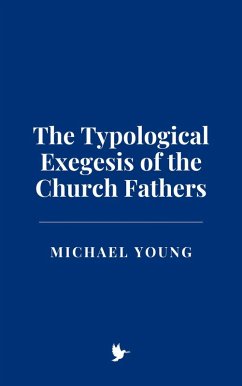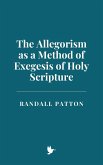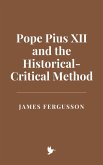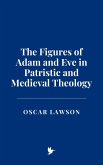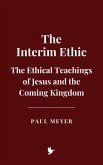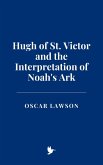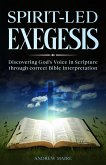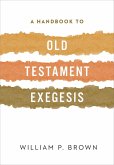Through detailed historical analysis and textual commentary, this work delves into the major typological themes developed by the Church Fathers, including the Adam-Christ parallel, the Exodus as a prefiguration of redemption, the Temple as a symbol of Christ and the Church, the sacrificial system pointing to the Eucharist, the kingship of David as a type of Christ's reign, and the eschatological fulfillment in the New Jerusalem. Each chapter provides an in-depth exploration of how figures, events, and institutions in the Old Testament were seen as shadows of the greater realities brought forth in Christ and the New Covenant.
Drawing from the writings of St. Irenaeus, Origen, St. Augustine, St. John Chrysostom, St. Gregory of Nyssa, St. Cyril of Alexandria, and many others, this book presents a comprehensive theological synthesis of patristic typology, demonstrating how it shaped Christian doctrine, sacramental theology, ecclesiology, and eschatology. The Fathers saw in the Scriptures a divine harmony, where the entire biblical narrative pointed toward the mystery of Christ's Incarnation, Passion, and Resurrection, as well as the Church's mission and final consummation in the kingdom of God.
Through a scholarly yet accessible approach, this study illuminates the depth and richness of early Christian biblical interpretation, offering insights into the historical, spiritual, and theological significance of typology. By uncovering the patristic vision of Scripture, this book provides modern readers with a profound appreciation of how the Church Fathers read the Bible as a unified story of divine salvation, culminating in Christ and leading toward the eschatological renewal of all creation.
Dieser Download kann aus rechtlichen Gründen nur mit Rechnungsadresse in A, B, CY, CZ, D, DK, EW, E, FIN, F, GR, H, IRL, I, LT, L, LR, M, NL, PL, P, R, S, SLO, SK ausgeliefert werden.

